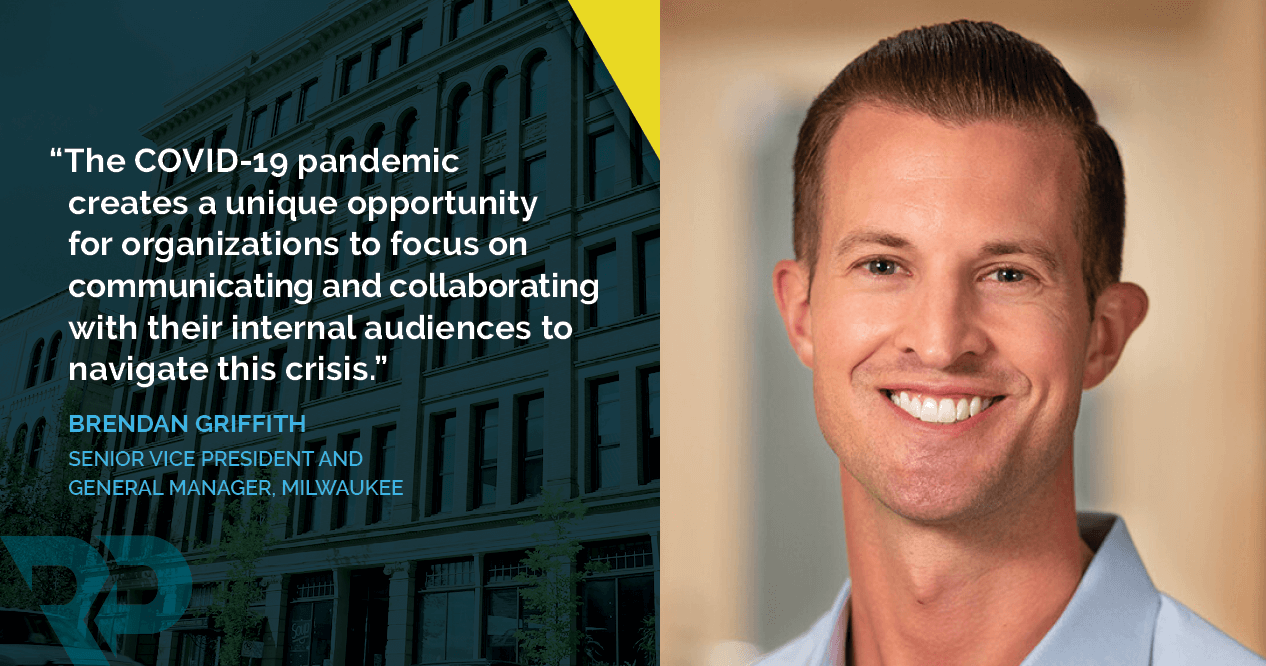RP SVP and Milwaukee GM Brendan Griffith joined LODGING Magazine, the official publication of the American Hotel & Lodging Association, to participate in a recorded episode of the publication’s Lodging On Demand series. On the episode, Brendan discussed the importance of quality crisis communications, especially during COVID-19.
The COVID-19 pandemic has created a continuously expanding crisis on the global stage unlike anything we’ve experience before in this lifetime. Today, organizations in every sector across the entire country are faced with the often daunting task of communicating through a crisis. While the situation is unprecedented, the core elements and fundamentals of crisis communications still apply. In particular, organizations must accept the reality that not everything will be known at the onset of a crisis. Rather, it is instead prudent to prepare for an ongoing series of events that will trigger the need to not only deliver prioritized communications to targeted audiences, but also do so at an expedited cadence that aligns with the fast-paced nature of crises – all while remaining accurate and not disseminating false information.
Although addressing a crisis is a team effort, the responsibility of strategically communicating with your organization’s key audiences should be bestowed upon one (or a small, select group of) agreed-upon spokesperson(s). This individual will deliver key messages and communications tailored for each of the organization’s key audiences and serve as the go-to source for all pertinent news and information.
Ultimately (and hopefully), the adverse impact of the pandemic will subside and organizations will be faced with a new normal. This presents an excellent opportunity to transition away from crisis communications and evaluate the strategic direction of your organization’s communications function. Interestingly, the crisis associated with COVID-19 presents a unique opportunity for organizations to focus on their most impacted audience – employees. While this is the case, it genuinely creates opportunities to explore the overall role PR and strategic communications play in an organization and how this function can be improved moving forward, both among external and internal audiences.
